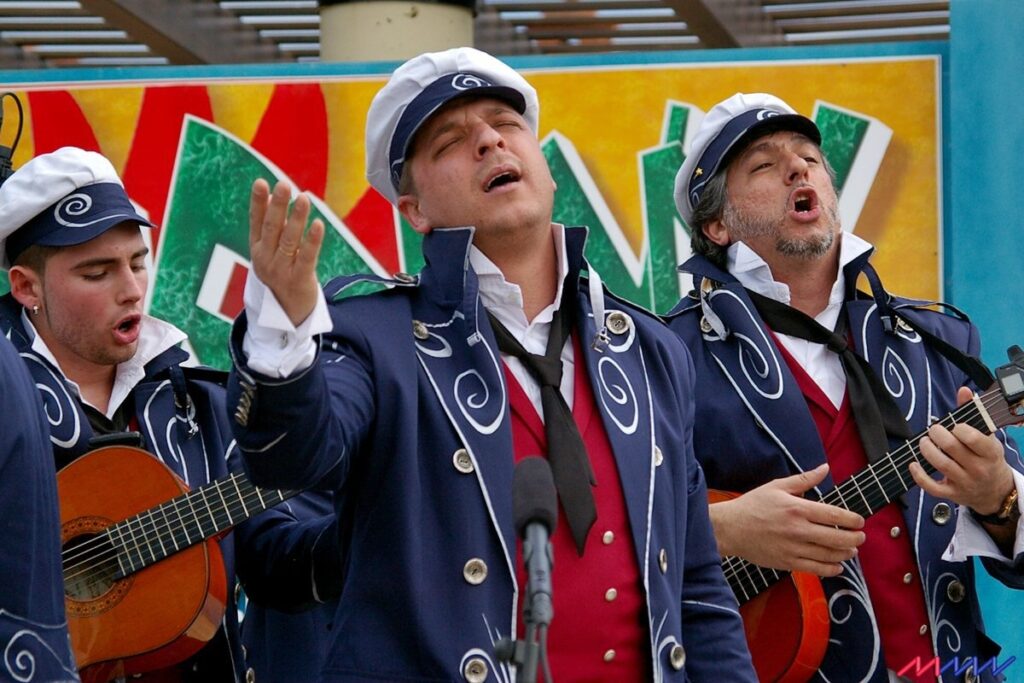
Carnival is the first major festival on the Spanish calendar, and is timed to roughly coincide with the beginning of Lent. The name Carnival, Carnaval in Spanish, is generally thought to have derived from the Latin Carne Levare (to remove meat), whilst some attribute it to Carne Vale (farewell to meat), there is even a school of thought that has its origins well before Christianity in an Egyptian festival where the Sun God Isis was borne on a ship to bless the start of sailing season, a festival that was called Carrus Navalis in Latin, this could even be the origin of the tradition of decorated floats. Whatever the origin it is basically a blowout to use up meats and other foodstuffs that couldn’t be stored over the Lenten fast.
The celebrations vary from country to country but here in the South of Spain, Carnival is typified by much partying and consumption of alcohol, meat, and other foods that will be forgone during upcoming Lent. Other common features of Carnival include mock battles such as food fights; expressions of social satire; mockery of authorities, especially through the traditional Comparsas and Chirigotas, both musical acts which are kind of a cross between barbershop and Monty Python.
Cadiz hosts one of the biggest and most famous Carnivals in Spain, with 10 days of parades and satirical music groups, but virtually every town and village holds its own Carnival with parades and musical performances.









